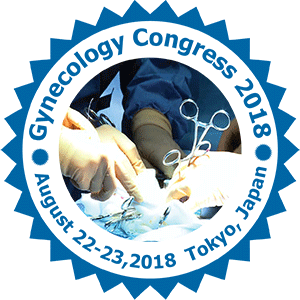
Sujoy Dasgupta
Genome - The Fertility Centre , India
Title: Adherence to WHO 2010 Recommendations with regard to Semen Analysis Reports in the Laboratories of West Bengal
Biography
Biography: Sujoy Dasgupta
Abstract
Statement of the Problem: Semen analysis is an integral part of evaluation of a subfertile male. Because a semen result reflects the genital tract health of a man three months prior to collection, there is risk of significant day to day variation. Additionally, the results vary from one laboratory to another. In 2010, the WHO published recommendations on standard reporting of semen analysis. A number of Western studies found the lack of uniformity among the laboratories in assessing and reporting semen samples. Our study looked into the adherence of reporting of semen analysis with the WHO 2010 guidelines.
Methodology: An observational study has been carried out after collecting semen analysis reports from different parts of Eastern India and Bangladesh. The sources of the reports included individual patients presented to subfertility clinics and gynaecologists, reports sent by the patients online to their treating doctors and directly from the laboratory. The reports were subsequently analyzed against the standard of semen sample reporting recommended by the WHO, 2010.
Findings: Majority of the laboratories did not follow all the standard points laid down by the WHO. Although all of the laboratories mentioned sperm concentration and morphology, majority of them did not report motility properly. Regarding physical characteristics, there have been discrepancies in reporting pH and viscosity. Very few laboratories used reference values, and among those who the values, large portions were still not using the WHO 2010 criteria. However, most of the laboratories attached to the ART (Assisted reproductive Technology) clinics performed better in terms of reporting than non-ART laboratories.
Conclusion & Significance: Even more than seven years after publication of WHO 2010 guidelines for semen analysis, majority of the laboratories do not adhere to the all the recommendations. There is need for increased awareness for the laboratory persons in this regard.

